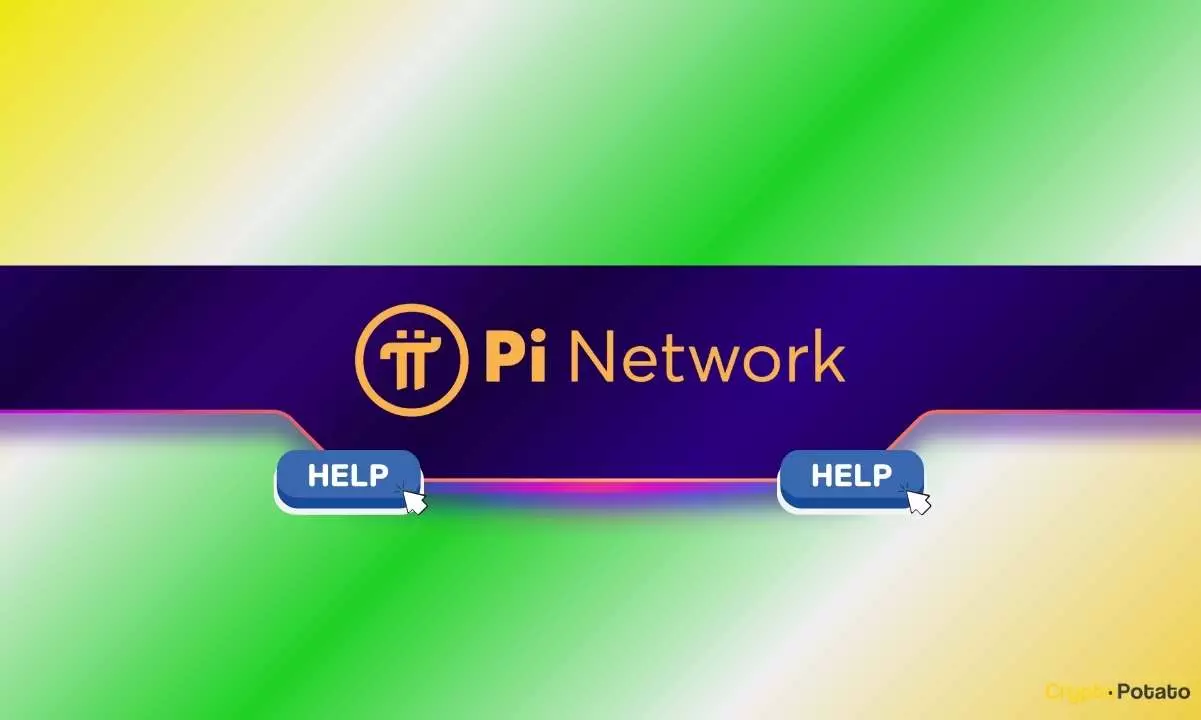In the ever-changing world of cryptocurrency, few projects have attracted as much attention—and controversy—as Pi Network. Launched nearly six years ago, the platform has become a subject of both intrigue and skepticism among cryptocurrency enthusiasts. Like many startups in the digital currency realm, it aims to simplify the process of mining while fostering an expansive community. Recent developments, including the extension of KYC (Know Your Customer) deadlines and the clarification of user guidelines, indicate that the platform is striving to maintain user engagement, despite growing frustrations surrounding inevitabilities of the crypto landscape.
One of the most significant hurdles faced by Pi Network users has been the complexity of the KYC verification process. Originally set with a deadline for completion, this phase has seen multiple extensions, shifting from January 31 to February 28. The project’s team attributes these delays to the difficulties users encounter when navigating the KYC requirements. In response, they have offered additional support. The introduction of avenues for user appeals where name mismatches occur, or minor corrections to phone numbers, demonstrates an effort to improve user experience and reduce application rejections.
The requirement for a seamless KYC process is pivotal, as it underpins the project’s future viability. Aiming to have 15 million users successfully pass this verification before moving to the mainnet, Pi Network is essentially walking a tightrope between regulatory compliance and user satisfaction. For many, the option to appeal a KYC rejection offers a glimmer of hope, particularly when they are granted a second chance at verification. Yet, this also beckons the question of whether these measures are sufficiently robust to sustain user trust.
In light of its challenges, Pi Network continues to display remarkable resilience, as evidenced by its recent milestone of surpassing 100 million downloads. Countries in Asia, particularly South Korea, India, and Vietnam, have emerged as substantial supporter bases, amplifying the project’s global footprint. Reports indicate that South Korea boasts over 1.3 million Pi Network users, overshadowing local client counts from major exchanges like Binance and Coinbase. This growth suggests that despite the controversies, the allure of potential returns from engaging with Pi Network holds significant sway over users.
The project’s expansion includes community-driven events like the recent “Megha Event” in India, where enthusiasts gathered to exchange ideas and foster community spirit. Such initiatives help retain engagement, even amidst the operational uncertainties that cloud the project. However, challenges remain; skepticism surrounding the legitimacy and sustainability of the currency persists, which may test user patience in the long term.
Another strategic update from the Pi Network team covers minor phone number corrections, permitting adjustments of up to two digits. This move ostensibly prioritizes account security while providing users a degree of flexibility in managing their information. By limiting changes to two digits, the network aims to deter potential misuse that could arise from unregulated account alterations, such as account transfers or fraudulent activities. The balance between user convenience and security is delicate, and Pi Network’s cautious approach reflects an awareness of this reality.
However, the restriction may also spark further frustration among users who may find themselves inadvertently locked out due to minor inaccuracies. Thus, while striving to uphold security protocols, Pi Network must ensure that its measures do not alienate user engagement. Striking this balance will be crucial as the project treads on its path toward legitimacy in the digital currency space.
Looking ahead, Pi Network stands at a crossroads. The project must continue to foster user trust and community engagement while navigating the complexities of the cryptocurrency landscape. With significant user bases in various Asian nations and ongoing efforts to address KYC verification hurdles, the platform appears poised for further growth. Nonetheless, it remains essential for the developers to address the critical concerns of time-sensitive processes and the legitimacy of the currency that has captured millions globally. As they advance into the future, Pi Network’s ability to adapt and answer user concerns will determine if it fully realizes its ambitious goals or fades into the annals of less successful cryptocurrency endeavors.

